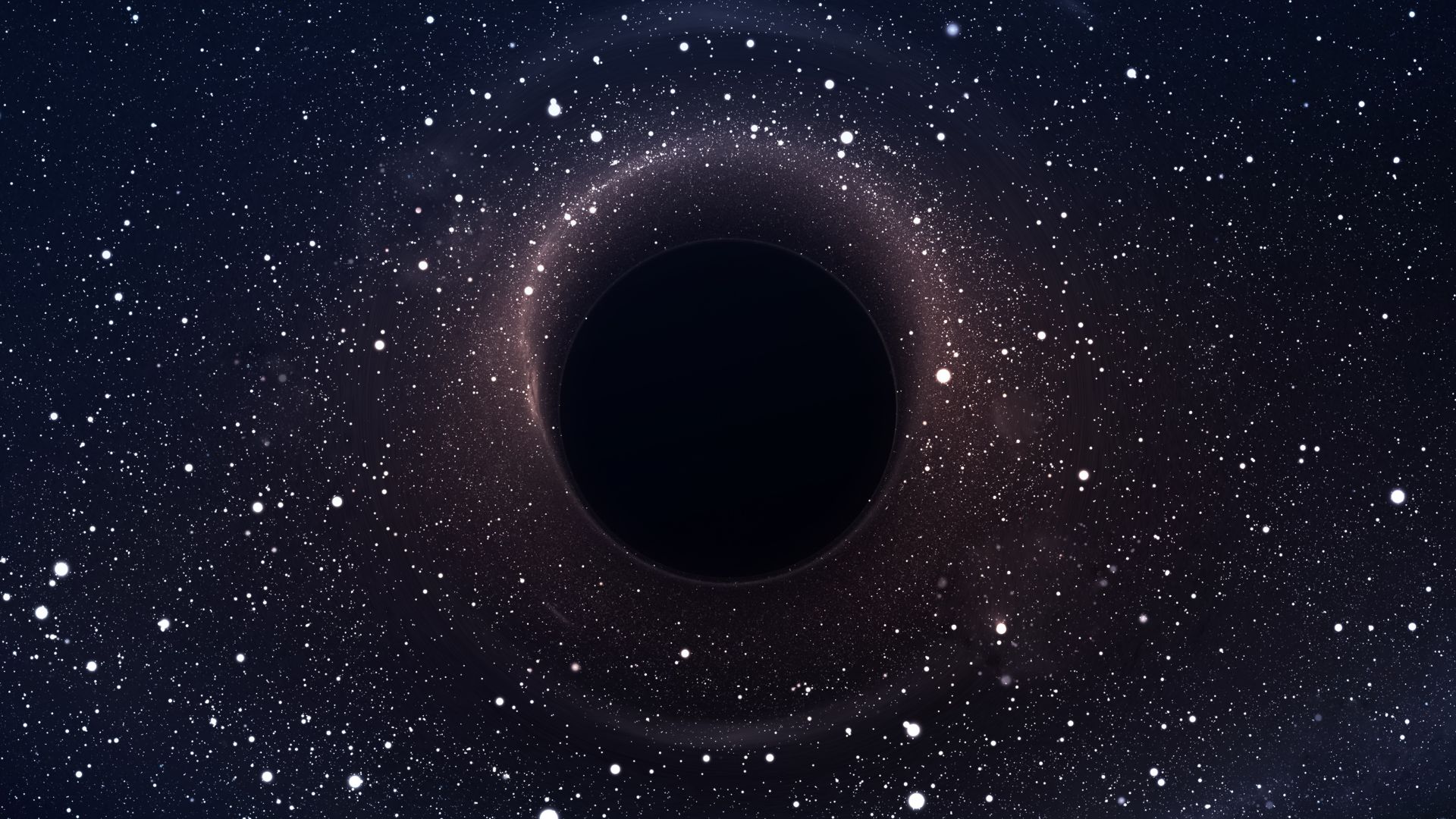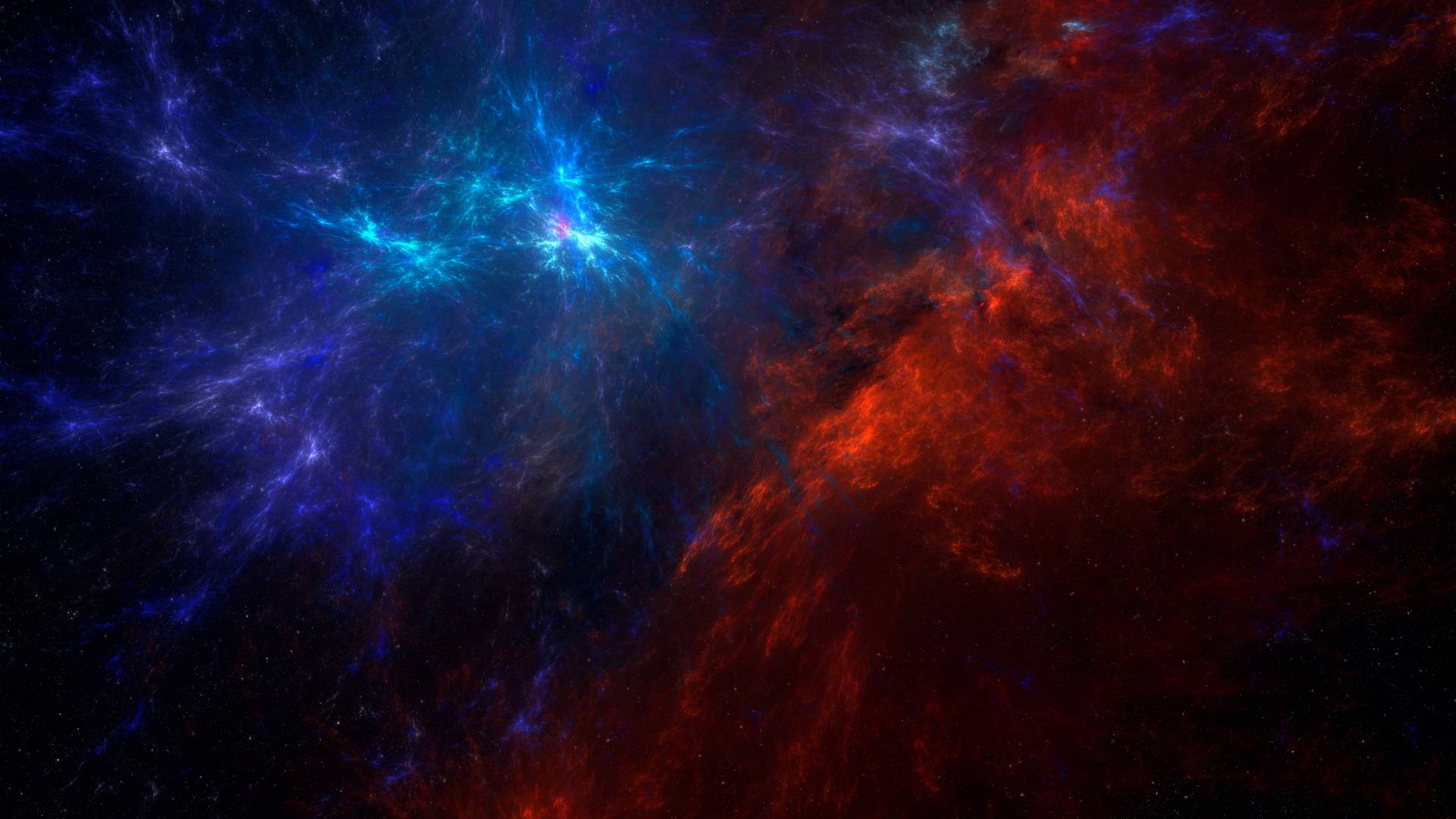In the vast expanse of the cosmos, few entities captivate our imagination and challenge our understanding of the universe like black holes. These enigmatic cosmic phenomena, born from the gravitational collapse of massive stars, stand as celestial gatekeepers to realms where the laws of physics as we know them seem to break down. Join Spaceyv on a cosmic odyssey as we explore the fascinating world of black holes.
The Birth of Darkness: Formation of Black Holes
At the heart of every black hole lies a story of stellar demise. When a massive star exhausts its nuclear fuel, it succumbs to the relentless pull of gravity, collapsing under its own weight. This cataclysmic event gives birth to a singularity—a point of infinite density—and surrounds it with an invisible boundary known as the event horizon.
Suggested Contents:
A Brief History of Black Holes
Into the Abyss: The Concept of Event Horizon
The event horizon is the defining feature of a black hole, marking the boundary beyond which escape becomes impossible. Once any object, including light itself, crosses this threshold, it is forever consumed by the gravitational clutches of the black hole. This eerie border sets the stage for the gravitational dance that defines these cosmic entities.

1. Event Horizon Defined:
- The event horizon is an invisible boundary surrounding a black hole.
- Once crossed, any object, including light, is inexorably drawn into the gravitational grasp of the black hole.
2. Gravitational Point of No Return:
- Objects crossing the event horizon are on a one-way journey toward the singularity, the center of the black hole.
- Gravitational forces become so intense that escape velocity exceeds the speed of light.
3. Size Matters:
- The size of the event horizon depends on the mass of the black hole.
- Smaller black holes have smaller event horizons, while supermassive black holes boast larger boundaries.
4. Distortion of Space-Time:
- The event horizon marks the point where the curvature of space-time becomes so extreme that it warps the fabric of the cosmos.
5. Phantom Surface:
- Despite being a crucial component of black hole physics, the event horizon itself is invisible—a phantom boundary defined solely by gravitational effects.
6. External Observations:
- Observers outside the event horizon witness time dilation and the slowing down of clocks for objects near the event horizon.
7. No Direct Observation:
- Directly observing the event horizon remains an elusive challenge due to its intangible nature and the absence of emitted light.
8. FAQ: Frequently Asked Questions about Event Horizons
Q: Can anything escape the event horizon once crossed?
A: No, once an object crosses the event horizon, it is inevitably drawn into the black hole. The gravitational forces are too strong for any form of escape.
Q: How does the concept of the event horizon challenge our understanding of physics?
A: The concept challenges our understanding by introducing extreme conditions where the laws of classical physics, including the speed-of-light limit, are stretched to their limits, necessitating a fusion of quantum mechanics and general relativity.
Cosmic Architects: Supermassive Black Holes at Galactic Centers
In the hearts of galaxies, colossal supermassive black holes reign supreme. These cosmic architects, millions or even billions of times more massive than our Sun, influence the dynamics of their host galaxies. Their gravitational influence extends far beyond the visible confines of their event horizons, shaping the destiny of stars and stellar systems in their vicinity.
Bending Reality: Warping Space-Time Around Black Holes
Albert Einstein’s General Theory of Relativity predicted the bending of space-time by massive objects, and black holes are the quintessential embodiment of this concept. The intense gravitational field around a black hole warps the fabric of space-time, causing light to follow curved paths and time to slow down—an effect known as gravitational time dilation.
The Great Cosmic Engines: Black Hole Jets
Some black holes exhibit powerful jets of particles and radiation, shooting out into space at nearly the speed of light. These energetic jets, driven by the accretion of matter onto the black hole, make these cosmic entities visible across vast cosmic distances. Understanding the mechanisms behind these jets unveils the intricate relationship between black holes and their cosmic environments.

Quantum Quandaries: Black Holes and the Information Paradox
The marriage of quantum mechanics and general relativity within the confines of a black hole has given rise to one of the most perplexing challenges in theoretical physics—the information paradox. The fate of information that enters a black hole raises fundamental questions about the nature of space, time, and the conservation of information.
Observing the Unobservable: Techniques in Black Hole Astronomy
Astronomers employ ingenious methods to study black holes despite their elusive nature. From detecting gravitational waves produced by black hole mergers to observing the energetic X-rays emitted from the vicinity of these cosmic behemoths, scientists push the boundaries of our observational capabilities to unlock the secrets hidden within the dark recesses of space.
Black holes are typically named based on their catalog designation or the celestial object they are associated with.
Here are the names of ten well-known black holes:
- Cygnus X-1: Located in the constellation Cygnus, Cygnus X-1 was the first black hole candidate discovered and is orbiting a massive blue supergiant star.
- Sagittarius A (Sgr A):** This is the supermassive black hole at the center of our Milky Way galaxy.
- V404 Cygni: A binary system where a black hole is actively accreting matter from a companion star, leading to occasional outbursts of X-rays.
- M87’s Central Black Hole: The supermassive black hole in the center of the giant elliptical galaxy M87, famously imaged by the Event Horizon Telescope.
- GRO J1655-40 (Nova Scorpii 1994): An X-ray binary system containing a black hole and a companion star.
- V616 Monocerotis (V616 Mon): Also known as A0620-00, it was the first black hole candidate discovered in a binary system.
- A0620-00 (V616 Monocerotis): See above; this is an alternative designation for the same black hole.
- IC 10 X-1: A black hole candidate in the galaxy IC 10, located in the Local Group of galaxies.
- SS 433 (Microquasar): Though not a traditional black hole, SS 433 is associated with a compact object, likely a black hole or neutron star, that accretes matter from a companion star.
- XTE J1650-500: An X-ray binary system containing a black hole located in the constellation Ara.
These black holes span a range of sizes and types, from stellar-mass black holes in binary systems to supermassive black holes at the centers of galaxies.
Black Holes and the Cosmos: A Cosmic Odyssey Continues
As we peer into the abyss of black holes, each discovery raises new questions and opens new avenues of exploration. From the formation of the universe’s first black holes to the role they play in the cosmic web, these mysterious entities continue to shape our understanding of the cosmos. The journey into the depths of black holes is a cosmic odyssey that challenges the limits of our knowledge and invites us to contemplate the profound mysteries that lie beyond the visible horizon of the universe.
In the face of these cosmic enigmas, we stand at the threshold of discovery, ready to unravel the secrets that black holes guard and to embark on a journey that will redefine our comprehension of the cosmos, Thanks to read this article from Spaceyv



